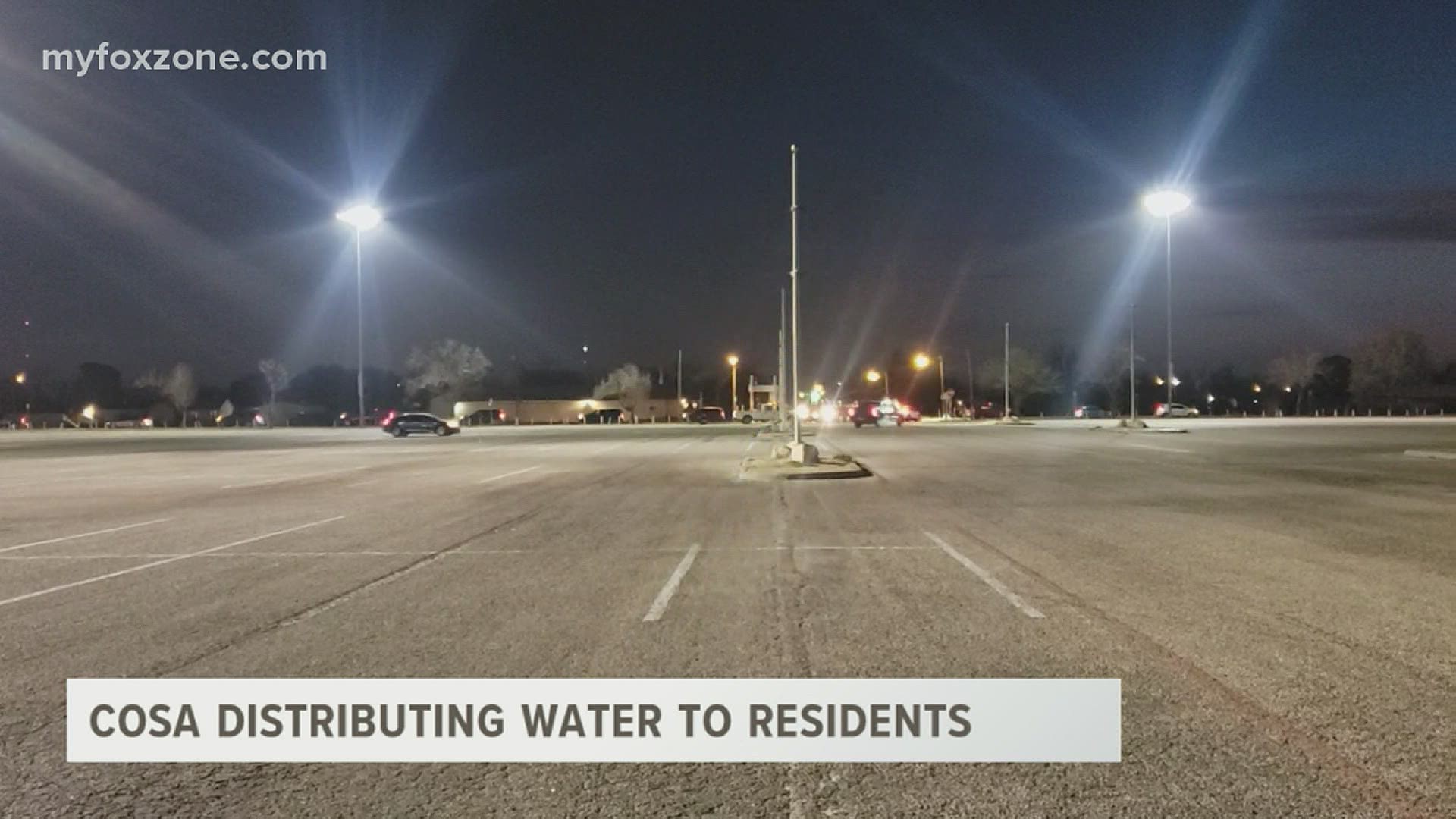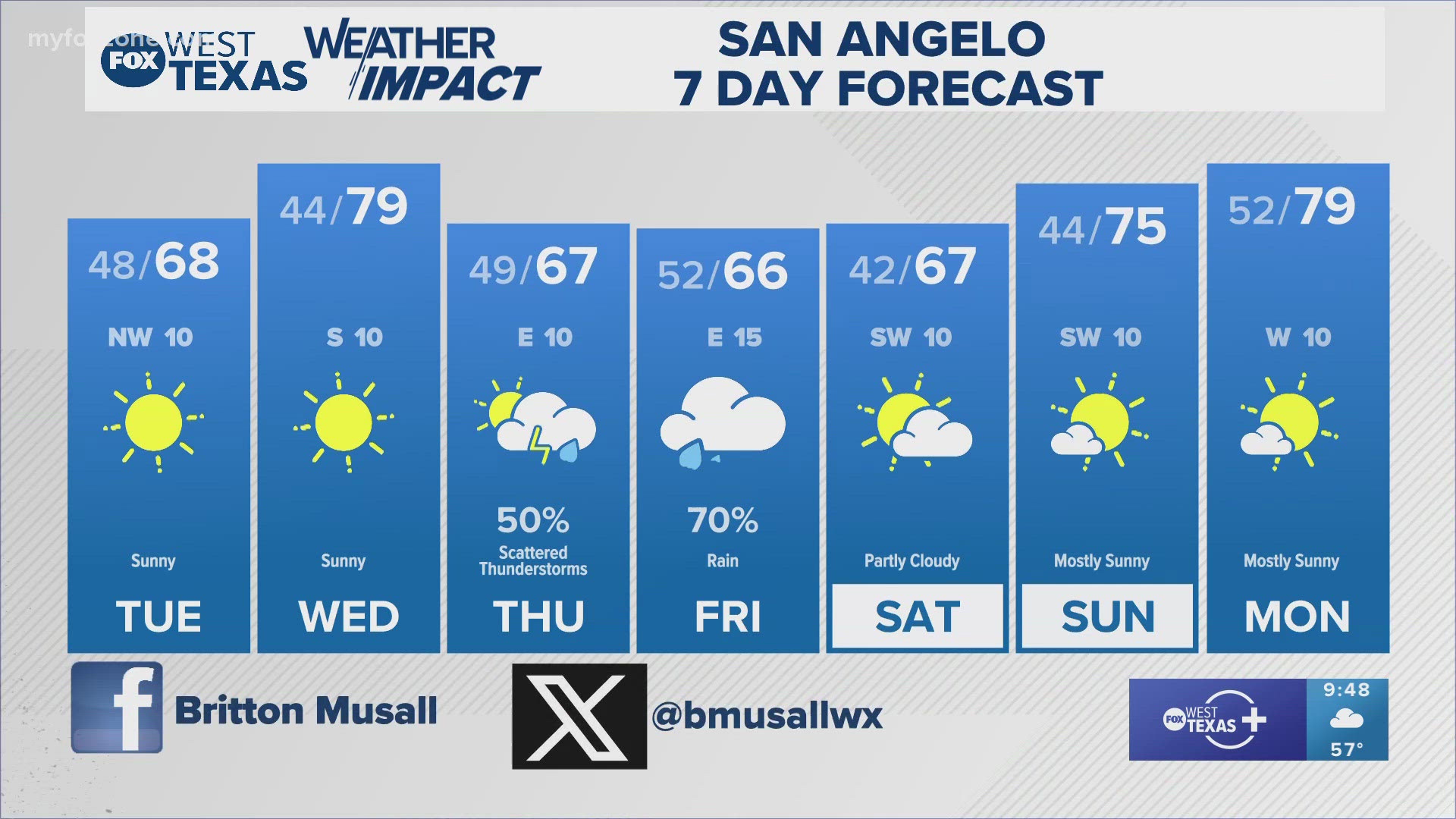SAN ANGELO, Texas — Coming up on 72 hours since the first "do-not-use" water advisory, City of San Angelo officials have confirmed the preliminary test results from a lab in Austin contain benzene, acetone and naphthalene.
The chemicals, City officials said, are not deadly and will not kill anyone if consumed; however, the chemicals can be harmful if inhaled, which is why there was no boil water notice issued.
Water Utilities Director Allison Strube said the City has not found the source of where these chemicals entered the water supply.
"No, we have not been able to pinpoint the start of the contamination, but that is what we are actively doing," Strube said.
Strube and her team are continuing to send samples to Austin and are expecting to get results within 24 hours, in hopes of avoiding another water issue moving forward.
"We have not got through this process yet and so we have not gotten to the listens learned and how we are going to proactively go forward," Strube said.
For the community still not in the green zone, the City will continue to hand out water at Foster Communications Coliseum, 50 E. 43rd St.
What are benzene, acetone and naphthalene?
According to the Centers for Disease Control and Prevention, benzene is a colorless, or light yellow liquid, with a sweet smell. It is highly-flammable.
Benzene is formed from both natural and human sources including volcanoes, forest fires, crude oil, gasoline and cigarette smoke.
The chemical works by causing cells not to work correctly and can damage the immune system by changing blood levels of antibodies and causing the loss of white blood cells.
Acetone is a colorless liquid with a fragrant, mint-like odor, according to the CDC. It is flammable. The chemical is broken down in water and soil, but the time required for this to happen varies.
Naphthalene, according to the CDC, is produced commercially from coal tar and petroleum and is used in the production of many chemicals. Exposure to naphthalene vapor can irritate the eyes and respiratory tract.





